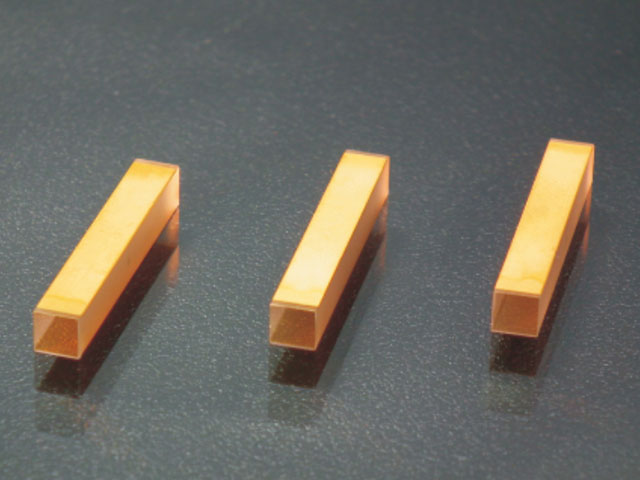You need materials that boost your optoelectronic devices. Meet MgO-doped lithium niobate (MgO:LiNbO3) crystal. It’s a special material designed for applications that require both optical and electrical properties. From modulators to sensors, this crystal offers stability and performance that standard crystals can’t match. Let’s dive into why it’s a top choice for your projects.
| Availability: | |
|---|---|
| Quantity: | |








You might wonder: How is this crystal different from pure lithium niobate? We add magnesium oxide (MgO) to lithium niobate (LiNbO3), which improves its properties. The MgO doping reduces the crystal’s "photorefractive effect"—a problem where light exposure changes its optical properties. This means our crystal stays stable even under strong light, making it ideal for long-term use in optoelectronic devices.
You can’t afford performance drift in your devices. The MgO doping makes the crystal more resistant to light-induced defects. Even after hours of exposure to high-intensity light, it maintains its optical clarity and electrical responsiveness. You’ll get consistent performance, whether your device is used in a lab or a commercial product.
We grow our crystals with care to ensure they’re free of impurities and defects. The result? A clear, uniform material that lets light travel through with minimal scattering. In modulators, this means faster, more accurate signal processing. In sensors, it means better sensitivity to environmental changes.
Optoelectronics covers many fields, and our crystal fits them all. It works in both linear and nonlinear optical applications, from converting laser wavelengths to modulating light signals. You don’t need multiple materials—this crystal adapts to your design needs.
Let’s talk about functionality. In an optical modulator, you apply an electric field to the crystal, which changes its refractive index. This alters the light passing through, letting you encode data onto light signals for communication systems. In a sensor, the crystal detects changes in temperature, pressure, or electric fields by modifying its optical properties. You measure these changes to get real-time data, making it useful for monitoring systems.
In fiber optic networks, you need to send data fast and reliably. This crystal is used in modulators to convert electrical signals into light signals, ensuring high-speed data transmission with low loss.
In lasers, it helps with frequency conversion—turning a laser’s wavelength into a different one. For example, converting infrared light to green light for pointers or medical devices.
In research or industrial settings, you use it in sensors to measure tiny changes in their environment. Its stability makes it perfect for long-term monitoring in harsh conditions.
You need materials that combine reliability and performance. Our MgO-doped lithium niobate crystal offers enhanced stability, high optical quality, and versatility—everything your optoelectronic devices need. Don’t settle for standard crystals that degrade over time. Upgrade to MgO:LiNbO3 and see your projects thrive with consistent, high-quality performance.
